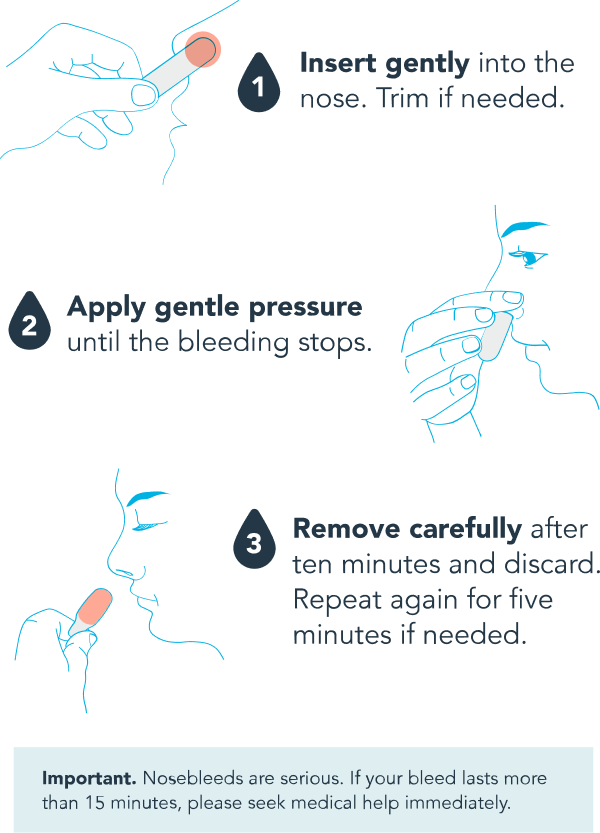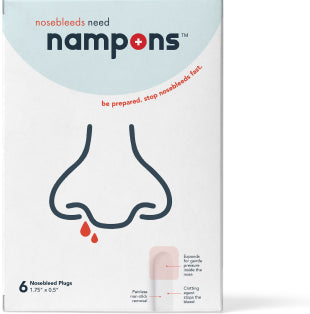Causes, treatment & prevention of nosebleeds in seniors
As we age, the lining in of our nasal walls begin to thin, making an already fragile environment more prone to bursting and bleeding. Below you will learn the main causes that lead to this, as well as how to prevent and properly treat a nosebleed.
-
Causes
There are a number of factors that can cause nosebleeds as we age. The medications we take can have a drying effect on our nasal passage, hotter air from staying inside for longer periods of time also tends to dry out the nose and simply changes in our bodies as a result of getting older. Nosebleeds occur more often as we get older, but are typically not serious. However, it should be noted that nosebleeds could be a sign of an underlying medical condition. If they are happening frequently or for extended periods of time per occurence, please talk to your doctor.
-
- Underlying health condition, such as arterial hypertension, cardiovascular (heart) issues, liver or kidney disease or difficulty with blood clotting.
- Blood thinning and other prescription drugs
- Dry weather causing the blood vessels to burst and bleed
- Allergies that dry the nose and weaken the lining
- Certain medications, such as nose sprays, decongestants and Advil
- Excessive exposure to indoor, heated air that dries the nose
- Infections, such as COVID, the flu or even a cold that leads to excessive sneezing, which can rupture the thinner nasal walls

Proper Treatment
If you've had a nosebleed or know someone who has, you've probably been told to use a tissue, cotton ball with nasal spray on it, or even jam a tampon up your nose. This is what ENTs and doctors refer to as the "old standard of care" of treating a nosebleed. The problem is that none of those treatment were designed for nosebleeds and each have their own problems, such as a single tissue not absorbing enough blood, which requires you to switch theme out - opening you up to an unsanitary situation. Or a tampon agitating the delicate nasal cavity wall, causing more nosebleeds in the future.
Most doctors are now recommending nasal plugs, such as Nampons™, to treat a nosebleed. They expand to put gentle, non-abbrasive pressure on the wound from inside the nose, which slows the bleed. They have a hypoallergenic clotting agent used since the 1950s to stop the bleed and they are non-stick, so they can be removed without reopening the bleed. They also absorb 10x more blood than the old solutions - meaning less mess and concern.
-
Prevention
Nosebleeds can happen to anyone, any time, and any place - making them frustrating and a definite annoyance. They happen far more frequently than people realize (1 out of every 6 people get them every year) and more frequently in seniors than other adults. While there is no magic bullet to completely prevent them, there are a few things you can do to reduce the chance of them occuring.
-
- Get outside. If you spend alot of time indoors, the air conditioning can be drying. Getting a few hours of fresh air can help moisturize the nose and keep the nosebleeds away.
- Use a saline spray. If you live in a dryer, or colder area, keep a moisturizing spray handy. Using one or two sprays a day will keep the nasal cavities well lubricated.
- Double check your medication. Certain medication, such as antihistamines for allergies, have a drying effect. While great for congestion, they can often cause your nose to get brittle and crack - causing a nosebleed. Look for alternatives, use them along with a saline spray, or talk with your doctor about options.
- Try a humidifier. Humidifiers are wonderful if you are indoors a lot or live in a cold, dry place.

